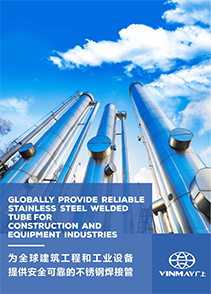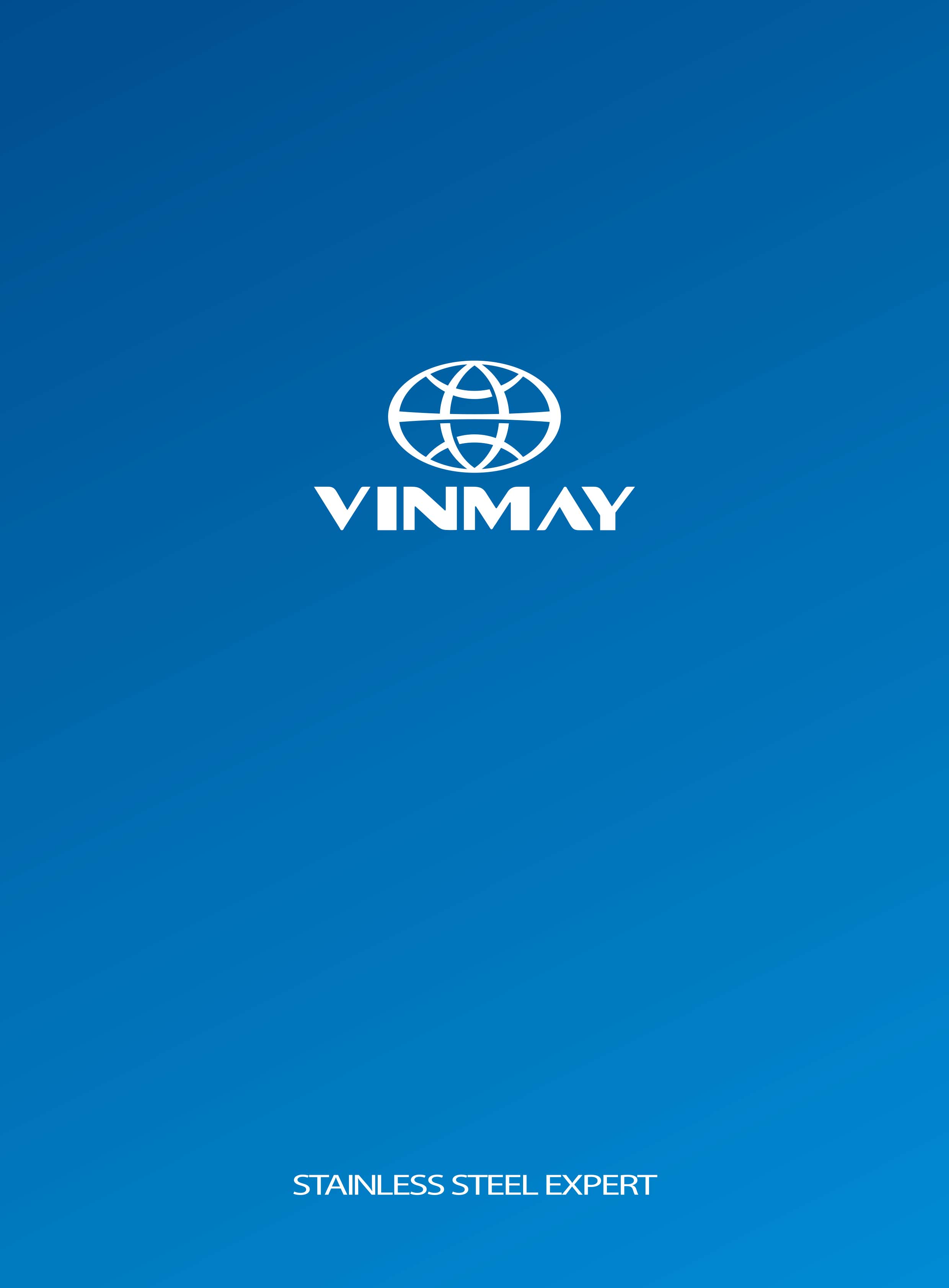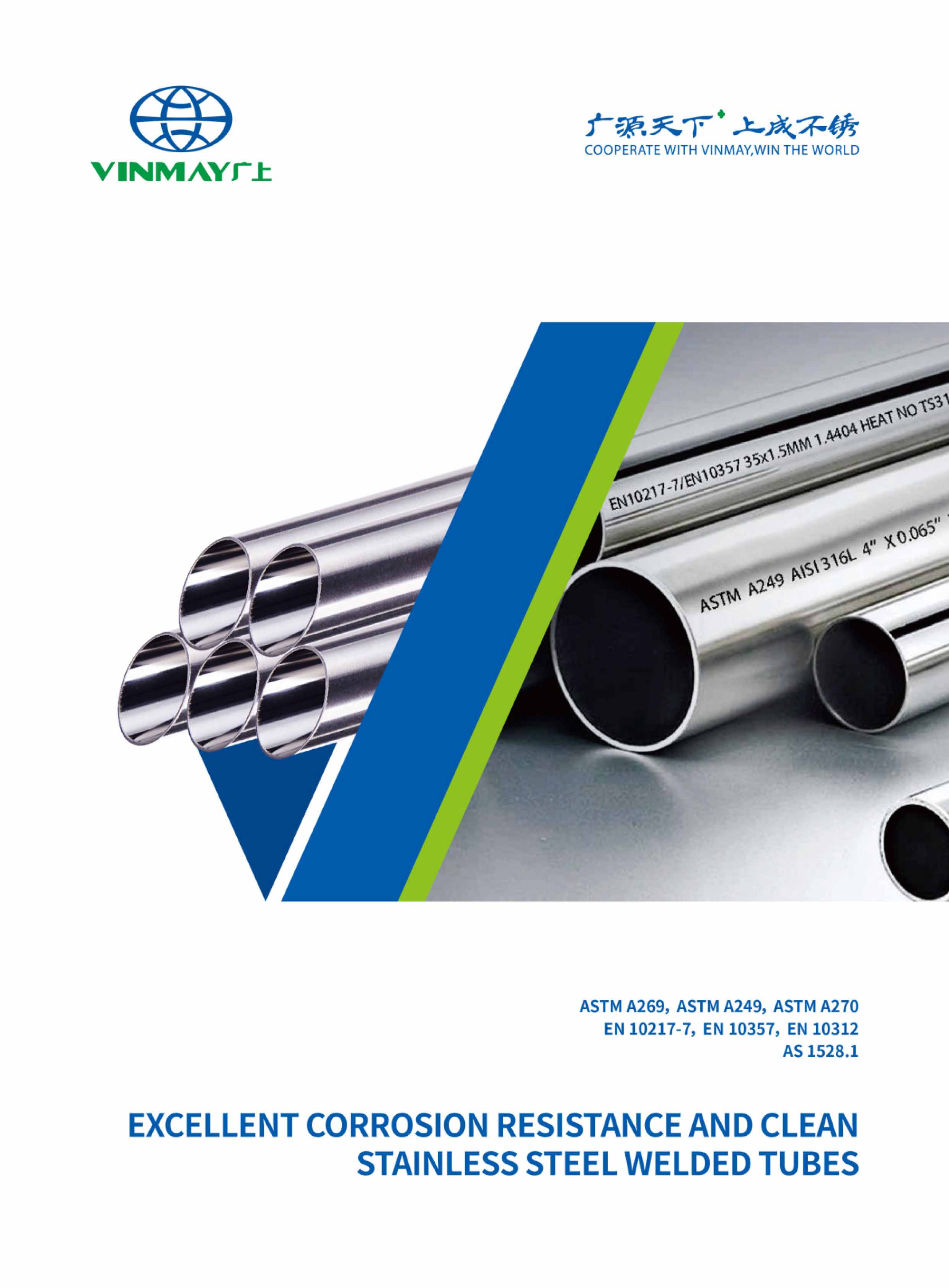When comparing Schedule 40 and Schedule 80 pipes, the primary distinction lies in their wall thickness and pressure ratings. Schedule 80 pipes boast thicker walls, accommodating higher pressures, making them suitable for industrial applications. On the other hand, Schedule 40 pipes, with thinner walls, are more cost-effective for residential use. Understanding these differences is essential for selecting the appropriate pipe for specific needs. Would you like to explore the implications of these variations further?
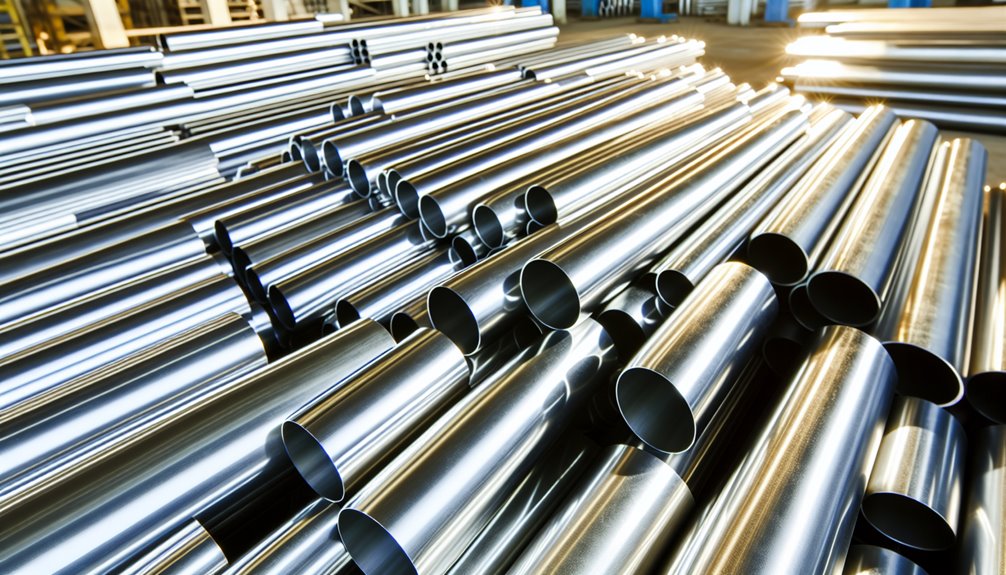
A pipe schedule refers to a standardized system that denotes the wall thickness of steel pipes, represented by numbers established by the American National Standards Institute (ANSI).
These numbers, known as schedule numbers, are integral to pipe specifications, providing a framework to determine the thickness required for various applications. Each schedule number corresponds to distinct wall thicknesses, which are essential for evaluating the pipe's pressure and structural capacity.
Pipe specifications rely on these schedule numbers to guarantee compliance with industry standards and application demands. The system facilitates the selection of appropriate pipes by enabling a comparison of thicknesses across different nominal pipe sizes.
Schedule numbers ensure pipe compliance with standards, simplifying thickness comparison across nominal sizes for optimal performance and safety.
This methodical approach ensures that the correct pipe is selected for specific operational conditions, thereby optimizing performance and safety.
Understanding the standardized system of pipe schedules is incomplete without examining Nominal Pipe Size (NPS), a critical identifier in the domain of piping systems. NPS provides a nominal definition for pipe identification, primarily indicating the inside diameter for pipes up to 12 inches. For pipes 14 inches and above, NPS denotes the outside diameter. This metric is essential for discerning dimensions, ensuring compatibility and efficiency in various applications. NPS serves as a reference for determining exact inner diameter dimensions, facilitating decision-making in selecting appropriate piping solutions.
| NPS (inches) | Inside Diameter (inches) | Outside Diameter (inches) |
|---|---|---|
| 1 | 1.049 | 1.315 |
| 2 | 2.067 | 2.375 |
| 6 | 6.065 | 6.625 |
| 10 | 10.020 | 10.750 |
See Also - Standard Stainless Steel Tube Sizes
The primary distinctions between Schedule 40 and Schedule 80 steel pipes revolve around wall thickness, internal diameter, and their corresponding pressure ratings.
Schedule 80 pipes exhibit increased wall thickness, resulting in a smaller internal diameter and higher pressure rating compared to Schedule 40 pipes, which impacts their weight per foot and overall durability.
This difference in construction attributes makes Schedule 80 pipes more suitable for high-pressure and high-stress applications, whereas Schedule 40 pipes are more cost-effective for less demanding uses.
Wall thickness serves as a fundamental distinction between Schedule 40 and Schedule 80 steel pipes, playing a vital role in determining their suitability for various applications.
Schedule 80 pipes feature greater wall thickness than Schedule 40, resulting in enhanced strength and durability. The wall thickness variations between these schedules are quantified using precise wall thickness measurement techniques.
This discrepancy in thickness directly correlates with the pipe's ability to withstand higher pressure and stress, making Schedule 80 ideal for rigorous applications. Conversely, Schedule 40's thinner walls are suited for less demanding environments.
Understanding these variations is essential for professionals requiring control in application-specific scenarios, where selecting the appropriate schedule guarantees peak performance while balancing cost implications and structural requirements.
Learn More: Thin-Wall Stainless Steel Tubing
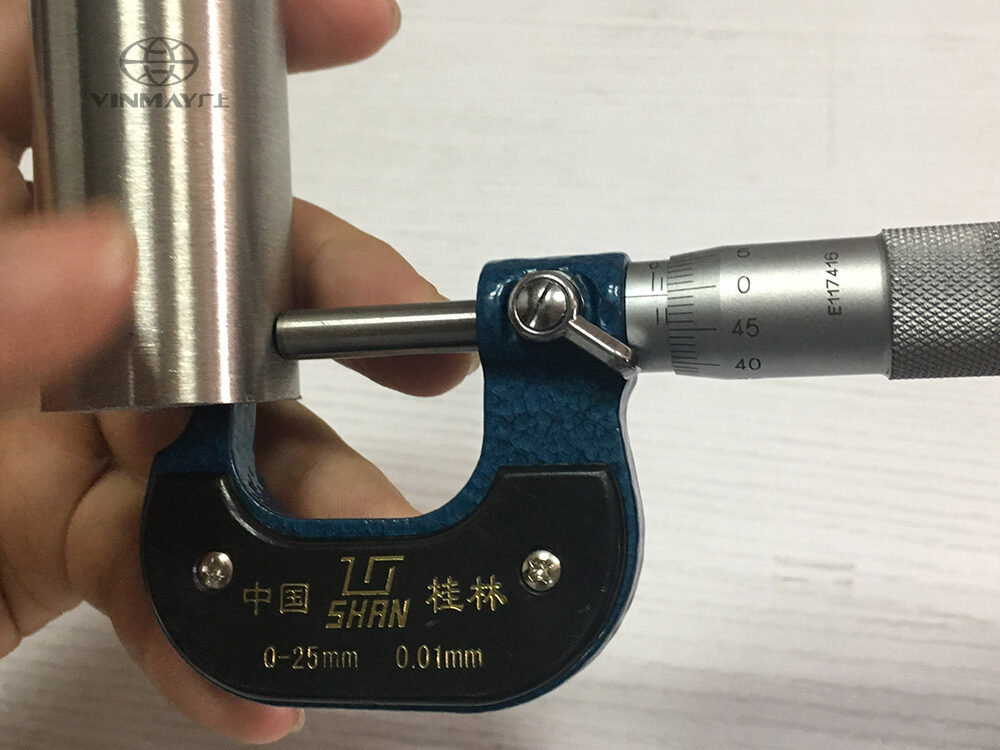
Building on the concept of wall thickness, internal diameter represents another key distinction when comparing Schedule 40 and Schedule 80 steel pipes.
In pipe specifications, the internal diameter is essential, as it directly influences flow capacity. Schedule 40 pipes, with their thinner walls, offer a larger internal diameter compared to Schedule 80 pipes for the same nominal pipe size (NPS).
This diameter variation results from the increased wall thickness of Schedule 80, reducing its internal diameter. Engineers must consider these variations, as they affect fluid dynamics and application suitability.
The choice between Schedule 40 and Schedule 80 should align with the specific needs of the project, ensuring ideal performance by evaluating how diameter variations influence capacity and efficiency within the system.
Pressure ratings are an essential factor when evaluating the distinctions between Schedule 40 and Schedule 80 steel pipes. These ratings determine the maximum pressure the pipes can withstand during pressure testing.
Schedule 80, with its thicker walls, inherently has higher pressure ratings compared to Schedule 40. This increased capacity allows Schedule 80 pipes to be utilized in more demanding applications where higher internal pressures are expected.
Conversely, Schedule 40 pipes are suitable for less demanding applications due to their lower pressure ratings. The following table provides a comparative perspective:
| Pipe Schedule | Typical Pressure Rating (psi) | Best Suited For |
|---|---|---|
| Schedule 40 | Lower (Varies by size & material) | Residential, Light Commercial Systems |
| Schedule 80 | Higher (Increased wall thickness) | Industrial, High-Pressure Applications |
The choice between these schedules is heavily influenced by specific pressure requirements and application demands.
The weight per foot of steel pipes is a pivotal factor when distinguishing between Schedule 40 and Schedule 80. This differentiation arises primarily from the variance in wall thickness, which directly impacts the weight comparison.
Schedule 80 pipes, with their thicker walls, inherently possess a higher material density, resulting in increased weight per foot compared to Schedule 40 pipes. The denser composition of Schedule 80 pipes provides advantages in applications requiring higher pressure handling capabilities, albeit at the cost of increased weight.
This additional weight necessitates careful consideration during transportation and installation, particularly in projects where weight constraints are critical. Understanding the specific requirements of a given application allows for informed decision-making, ensuring peak performance and cost-efficiency.

While considering the durability and strength of steel pipes, the distinction between Schedule 40 and Schedule 80 becomes evident through their structural attributes. Schedule 80 pipes exhibit enhanced durability factors due to their increased wall thickness, making them more suitable for high-pressure environments. Strength testing reveals that Schedule 80 withstands greater stress, offering a higher pressure rating compared to Schedule 40, which is more appropriate for general-purpose applications. The thicker walls of Schedule 80 provide superior resistance to mechanical damage, thereby extending its lifespan in demanding conditions.
| Attribute | Schedule 40 | Schedule 80 |
|---|---|---|
| Wall Thickness | Thinner | Thicker |
| Pressure Rating | Lower | Higher |
| Durability | Moderate | High |
| Strength Testing | Basic | More rigorous/Advanced |
| Common Applications | General-purpose systems | High-pressure industrial environments |
This table underscores the necessity of selecting the appropriate schedule based on specific operational demands.
Choosing between Schedule 40 and Schedule 80 stainless steel pipes depends on your project’s pressure requirements, environment, and safety standards.
For example:
Selecting the right schedule ensures system reliability, efficiency, and compliance with industry standards.
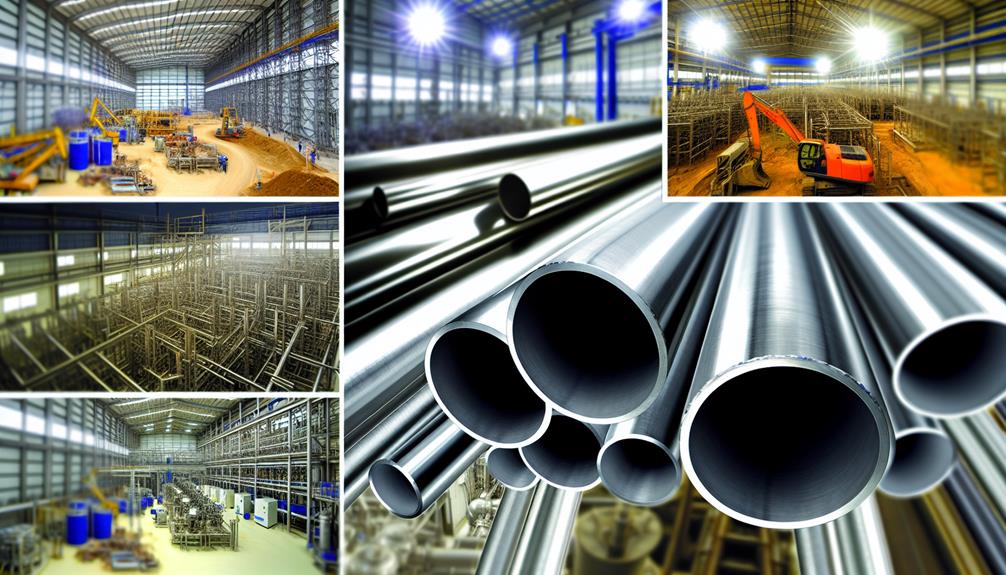
Understanding the flow rate and pressure drop implications of Schedule 40 and Schedule 80 pipes is essential for guaranteeing ideal system performance in various applications.
The difference in wall thickness between these schedules results in a variance in inner diameters, directly influencing flow rate and pressure loss. Schedule 40 pipes, with their larger inner diameter, typically allow a higher flow rate, leading to reduced pressure loss.
Conversely, the thicker walls of Schedule 80 pipes create a smaller inner diameter, which can restrict flow rate and increase pressure loss. This increased pressure drop necessitates careful consideration in system design, especially in high-pressure applications.
Selecting the appropriate schedule guarantees maximum fluid dynamics and efficiency, aligning pipe characteristics with operational demands.
The analysis of flow rate and pressure drop highlights the importance of considering installation, maintenance, and longevity in piping systems. Proper installation guarantees that both Schedule 40 and Schedule 80 pipes function at peak performance, minimizing potential issues related to pressure fluctuations.
Regular pipe maintenance is vital to extend the lifespan of these systems, preventing costly repairs and downtime. Implementing longevity tips can enhance performance and durability, contributing to a stable and efficient piping network.
Although both Schedule 40 and Schedule 80 pipes serve essential roles in various applications, cost considerations often play a significant role in determining the appropriate choice for a project.
The increased wall thickness of Schedule 80 pipes results in higher material and production costs compared to Schedule 40. These factors contribute to Schedule 80's elevated price, which can impact budget constraints, especially in large-scale projects.
However, the cost benefits of Schedule 40 are evident in applications where high pressure and strength are not primary concerns, offering a more economical solution.
Conversely, Schedule 80's durability justifies its expense in high-pressure environments, where failure is not an option.
Decision-makers must weigh these cost benefits against budget constraints to optimize project outcomes.

Compliance with industry standards and certification is paramount in guaranteeing the reliability and safety of piping systems. Adhering to established guidelines guarantees that both Schedule 40 and Schedule 80 pipes meet rigorous performance and safety benchmarks.
Certification requirements validate material quality and manufacturing processes, ensuring various applications. Key industry standards include:
These standards and certifications enable control over quality, guaranteeing pipes are suitable for intended environments, thereby mitigating risks and enhancing system longevity.
Stainless steel, renowned for its corrosion resistance and strength, presents a variety of grades that are compatible with different pipe schedules, particularly Schedule 40 and Schedule 80.
Each stainless steel grade, such as 304 and 316, offers distinct properties affecting schedule compatibility. For example, Grade 304 is widely used for Schedule 40 due to its sufficient tensile strength and cost-effectiveness, whereas Grade 316, with superior corrosion resistance, is often preferred for Schedule 80 applications involving harsh environments.
The compatibility between stainless steel grades and pipe schedules is determined by factors such as pressure requirements, chemical exposure, and mechanical stress.
Understanding the interplay of stainless steel grades and schedule compatibility is essential for selecting the appropriate material for specific industrial and commercial applications.
Learn More: Thick vs Thin-Walled Stainless Steel Pipe
Temperature resistance and thermal expansion greatly impact pipe performance. Schedule 40 and 80 pipes exhibit different thermal properties; thicker-walled Schedule 80 pipes offer superior resistance to temperature fluctuations, minimizing expansion and enhancing durability under varying thermal conditions.
Interchangeability considerations between pipes require analyzing project requirements, focusing on pressure, load, and environment. Differences in wall thickness, strength, and cost must align with specific project needs to guarantee peak performance and compliance with safety standards.
The current question regarding material composition for pipe applications reveals a coincidence: both Schedule 40 and Schedule 80 pipes often use PVC, steel, and CPVC, providing versatility in diverse settings, from plumbing to industrial operations.
The Current Question addresses sustainability concerns in pipe selection, focusing on waste management. Utilizing thicker-walled pipes can increase material usage, impacting resource efficiency. Analyzing environmental impacts requires evaluating manufacturing processes, longevity, and disposal methods.
Chemical resistance in pipes varies with wall thickness, affecting exposure levels. Thicker-walled pipes enhance durability under chemical exposure, reducing leaching risk. Evaluating specific chemical interactions and concentration is vital for ideal material selection and application control.
When it comes to stainless steel piping, Schedule 40 and Schedule 80 serve distinct purposes—each designed for different levels of pressure, durability, and performance.
Your choice should be guided by application requirements, regulatory standards, and long-term performance expectations.
At Vinmay, we provide both Schedule 40 and Schedule 80 stainless steel pipe solutions with precision manufacturing, premium materials, and global delivery support.
👉 Contact our team for expert guidance or request a quote tailored to your project needs.
